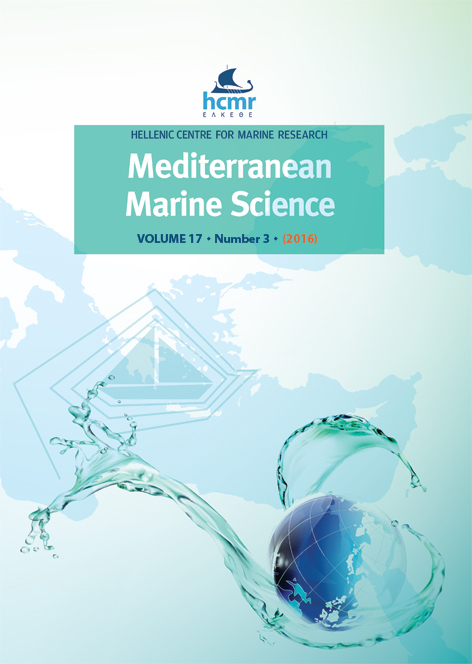Age-dependent QTL affecting body weight in gilthead seabream (Sparus aurata L.)

Abstract
We examined 24 maternal half-sib families of gilthead seabream to identify quantitative trait loci (QTL) associated with body weight at four time points during a production cycle. 57 brooders and 637 offspring were genotyped for 14 informative microsatellite markers, spanning linkage groups 1 and 21. The QTL detection method was based on half-sib interval mapping analysis through a linear regression approach. One QTL was found significant at all time points in linkage group 1, with its effect having different profile across time, and one QTL in linkage group 21 that seems to impact body weight at a later growth stage of the species. Current results verified previously published QTL for growth in the above linkage groups, using a different genetic background of seabream. These QTL can be considered as valuable candidates for use in marker-assisted selective breeding programs, aiming at high rates of genetic improvement for growth in S. aurata.
Article Details
- How to Cite
-
LOUKOVITIS, D., CHATZIPLIS, D., & BATARGIAS, C. (2016). Age-dependent QTL affecting body weight in gilthead seabream (Sparus aurata L.). Mediterranean Marine Science, 17(3), 666–669. https://doi.org/10.12681/mms.1649
- Issue
- Vol. 17 No. 3 (2016)
- Section
- Short Communication
Authors who publish with this journal agree to the following terms:
- Authors retain copyright and grant the journal right of first publication with the work simultaneously licensed under a Creative Commons Attribution Non-Commercial License that allows others to share the work with an acknowledgement of the work's authorship and initial publication in this journal.
- Authors are able to enter into separate, additional contractual arrangements for the non-exclusive distribution of the journal's published version of the work (e.g. post it to an institutional repository or publish it in a book), with an acknowledgement of its initial publication in this journal.
- Authors are permitted and encouraged to post their work online (preferably in institutional repositories or on their website) prior to and during the submission process, as it can lead to productive exchanges, as well as earlier and greater citation of published work (See The Effect of Open Access).





